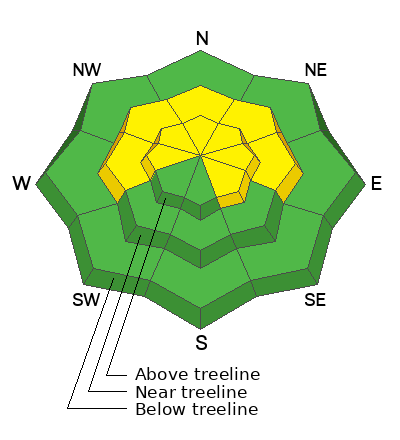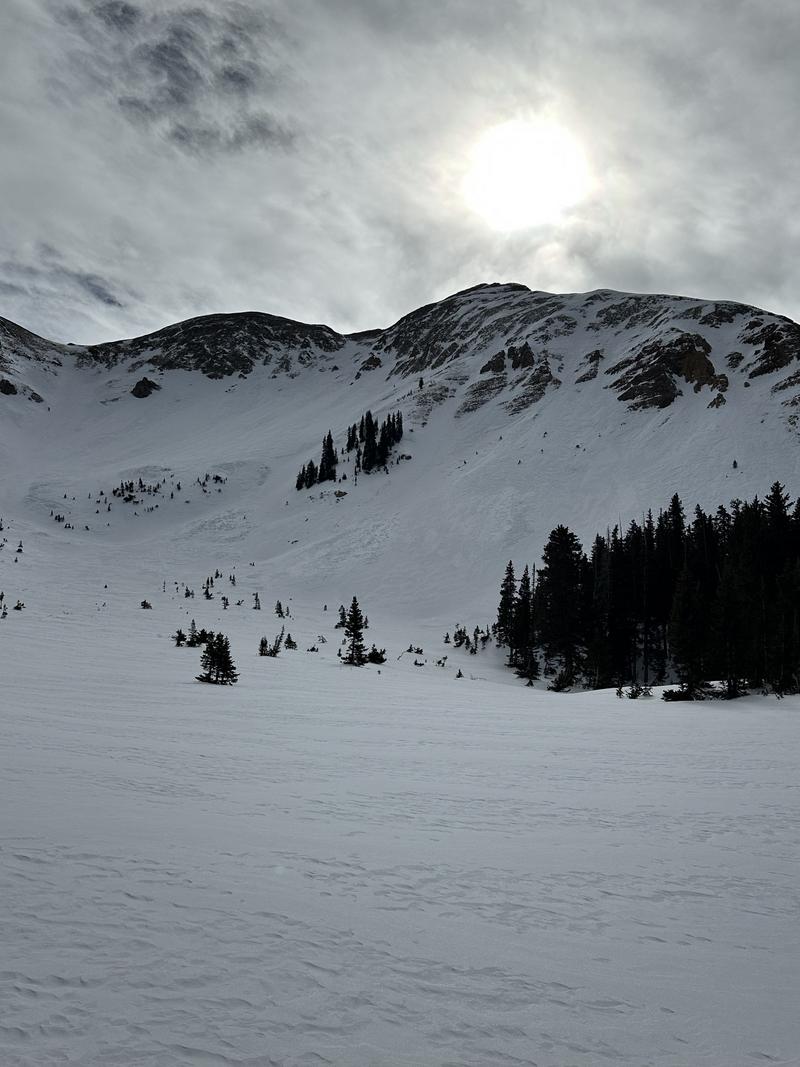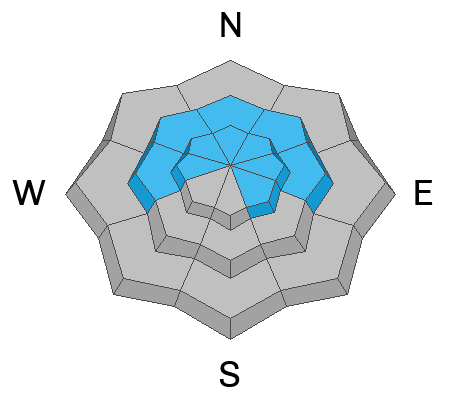Forecast for the Moab Area Mountains

Issued by Nikki Champion on
Saturday morning, January 18, 2025
Saturday morning, January 18, 2025
A MODERATE avalanche danger exists on W-N-E-SE aspects near and above treeline, where slabs of drifted snow rest atop a buried persistent weak layer. The instability is most pronounced on steep northerly slopes near treeline, where human-triggered avalanches a foot deep or more remain possible.
There’s a low-probability but high-consequence risk for full-depth avalanches failing on weak facets near the ground in specific areas. To mitigate this, stay clear of thin slope margins, steep convexities, and rocky, extreme terrain on the northerly end of the compass.
Most other terrain has a LOW danger, though small avalanches involving thin slabs of wind-drifted snow may still occur on isolated terrain features.

Low
Moderate
Considerable
High
Extreme
Learn how to read the forecast here








